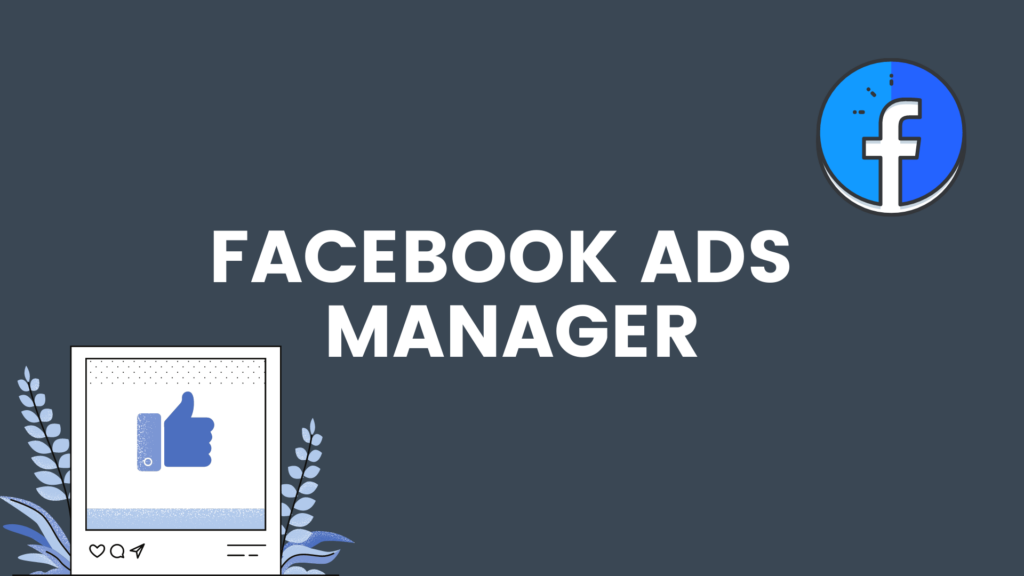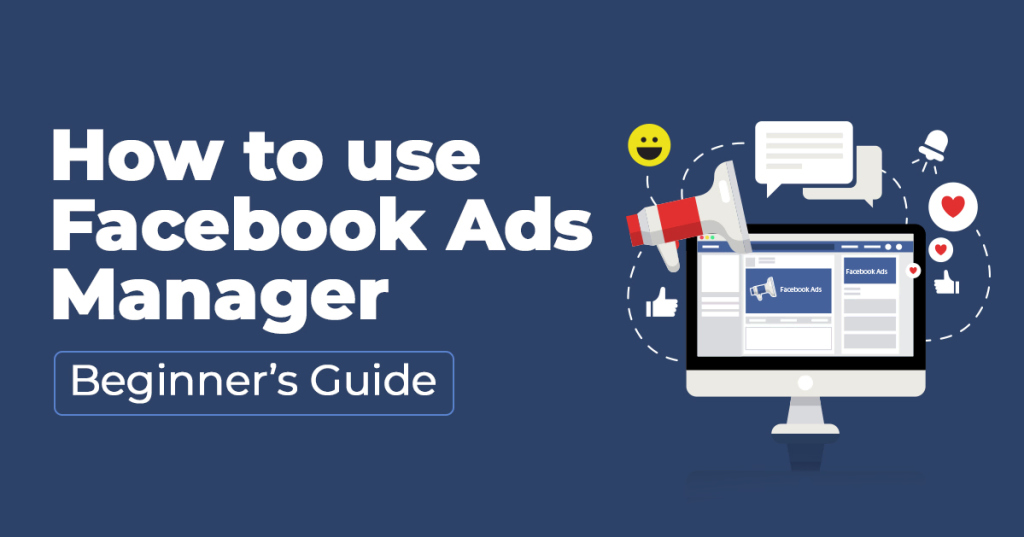
Facebook Ads have become an essential tool for businesses looking to expand their reach, generate leads, and drive conversions. With over 2.9 billion active users, Facebook provides a vast audience and unmatched targeting capabilities. In this comprehensive guide, we’ll walk you through the process of creating, running, and optimizing Facebook Ads to achieve your marketing goals.
Why Choose Facebook Ads?
Facebook’s advertising platform offers:
- Precise Targeting: Reach users based on demographics, interests, behaviors, and location.
- Diverse Ad Formats: Choose from image ads, video ads, carousel ads, and more.
- Scalability: Suitable for small businesses and large enterprises.
- Cost-Effectiveness: Set budgets that align with your goals, whether you’re working with $10 or $10,000.

- Step 1: Define Your Goals
- Before launching a campaign, identify your objectives. Facebook Ads Manager supports various goals, such as:
- Brand Awareness: Increase visibility and introduce your brand to potential customers.
- Traffic: Drive visitors to your website or app.
- Engagement: Encourage interactions such as likes, shares, and comments.
- Lead Generation: Collect user information through forms.
- Conversions: Motivate users to take specific actions, such as purchasing a product.
- Clearly defined goals will guide the rest of your campaign setup.
- Step 2: Set Up a Facebook Business Manager Account
To manage Facebook Ads effectively, you need a Facebook Business Manager account. Here’s how:
Sign Up for Business Manager: Visit Facebook Business Manager and follow the registration steps.
Create or Claim Your Page: Add your business’s Facebook page to the account.
Add Payment Methods: Link a valid payment method to fund your campaigns.
This centralized platform lets you manage ads, assets, and team access in one place.
Step 3: Research and Define Your Audience
Effective targeting is the backbone of any successful ad campaign. Facebook offers advanced targeting options:
Core Audiences: Define audience attributes like age, gender, interests, and location.
Custom Audiences: Re-engage users by uploading customer lists or targeting website visitors.
Lookalike Audiences: Expand your reach by targeting users similar to your existing customers.
Use Facebook Audience Insights to analyze potential audience behavior and refine your strategy.
Step 4: Choose the Right Campaign Objective
When creating a campaign, Facebook will ask you to select an objective from three categories:
Awareness: Build interest in your brand.
Consideration: Drive engagement, traffic, and app installs.
Conversion: Encourage specific actions, such as purchases or sign-ups.
Align your objective with your business goals to ensure the campaign delivers measurable results.
Step 5: Select the Best Ad Format
Facebook offers multiple ad formats tailored to different goals:
Image Ads: Simple and effective for grabbing attention.
Video Ads: Engaging for storytelling and demonstrations.
Carousel Ads: Showcase multiple products or features in a single ad.
Collection Ads: Ideal for e-commerce, enabling users to browse a product catalog.
Stories Ads: Full-screen ads that appear in the Stories section for immersive experiences.
Choose the format that resonates best with your audience and objective.
Step 6: Create Engaging Ad Content
The quality of your ad content significantly impacts performance. Here are key tips:
Compelling Visuals: Use high-quality images or videos that capture attention.
Clear Headlines: Summarize your value proposition in a few words.
Concise Copy: Focus on benefits and include a strong call-to-action (CTA).
Mobile-Friendly Design: Ensure ads are optimized for mobile users, as most Facebook traffic comes from mobile devices.
A/B test different versions of your ads to identify what works best.
Step 7: Set Your Budget and Schedule
Facebook Ads allow you to control spending through two budget types:
Daily Budget: The average amount spent per day.
Lifetime Budget: The total amount spent over the campaign duration.
Additionally, schedule your ads to run during specific times to maximize impact, especially if your audience is more active during particular hours.
Step 8: Monitor and Optimize Your Campaigns
Once your campaign is live, use Facebook Ads Manager to track performance. Key metrics to monitor include:
Impressions: The number of times your ad was displayed.
Click-Through Rate (CTR): The percentage of users who clicked your ad.
Conversion Rate: The percentage of users who completed a desired action.
Cost Per Click (CPC): The average cost for each click on your ad.
Optimize campaigns by:
Pausing underperforming ads.
Adjusting targeting based on analytics.
Testing new creatives or CTAs.
Step 9: Leverage Retargeting Campaigns
Retargeting allows you to reach users who have previously interacted with your business. Use Custom Audiences to:
Re-engage website visitors.
Target users who abandoned their carts.
Promote related products to past buyers.
This technique can significantly improve conversion rates.
Step 10: Stay Updated with Trends
Facebook frequently updates its advertising platform. Stay informed about:
New ad formats.
Privacy changes affecting targeting.
Emerging features like Facebook Shops and AR ads.
Being proactive ensures you stay ahead of the competition.
Conclusion
Running Facebook Ads is a powerful way to drive results and grow your business. By following these steps—defining goals, targeting the right audience, creating compelling content, and optimizing campaigns—you can achieve exceptional outcomes. Facebook Ads are a versatile and scalable solution, whether you’re a small business or a global brand.


आज की रात कितनी दूर जा सकती है – https://rb.gy/es66fc?Kniple
Your balance has grown while you were away. Log in to protect it now! – http://extras.byethost4.com/?sid=5166